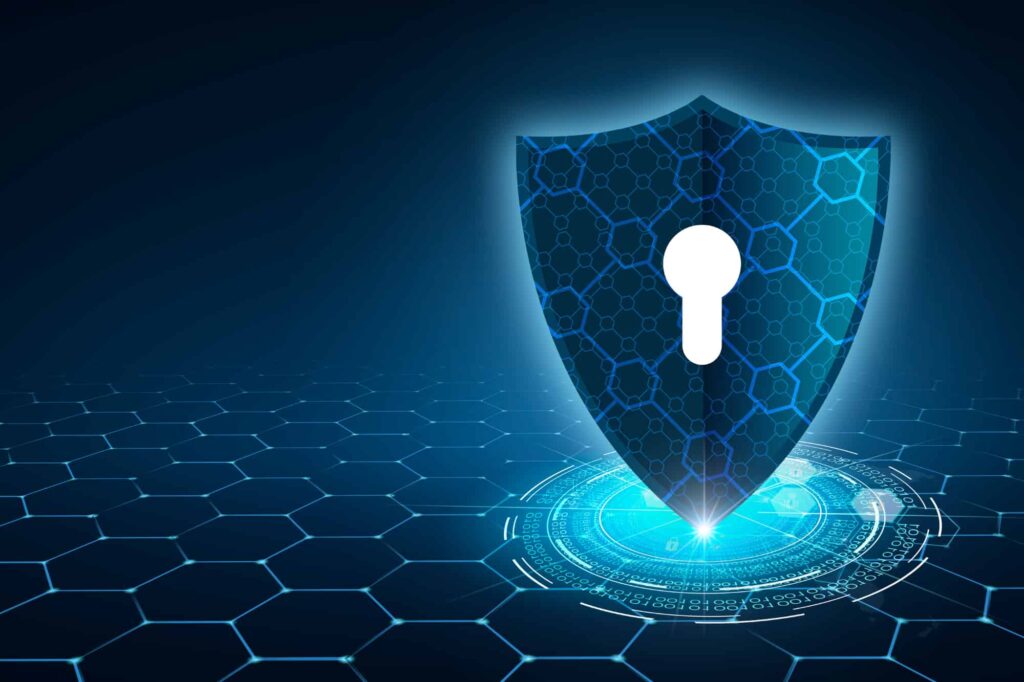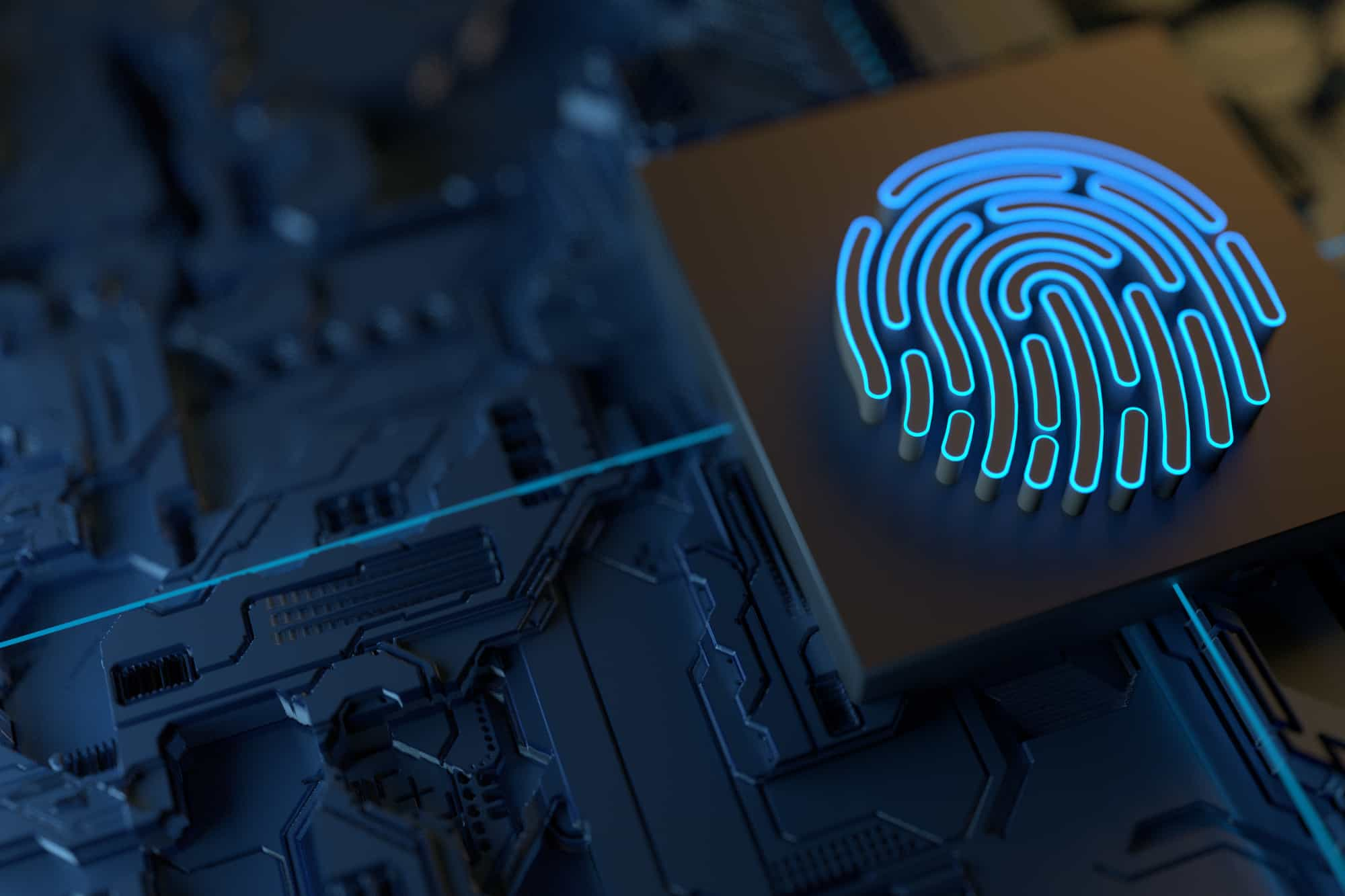It’s hard to avoid using the Internet on a daily, if not hourly, basis. From banking to online shopping, our activities are part of a hyperconnected world. Thus, proactively protecting your personal data online is no longer optional — it’s essential.
Every seemingly innocuous click you make online can leave behind digital breadcrumbs that data brokers, hackers, and scammers are eager to collect. If you don’t take the necessary steps to guard your digital footprint and remain unaware of evolving cybersecurity threats, you might expose your sensitive information.
You don’t need to be an IT professional to understand cybersecurity risks and protect yourself online. You just need to know how to spot threats, learn how they’re evolving, and how to avoid them.
Whether you’re trying to avoid existing and future cybersecurity threats, want to avoid website tracking, or are just trying to secure your home WiFi network, following simple tips can make a huge difference.
Why online privacy matters now more than ever
Cybercrimes and data breaches increase every year. Identity theft impacts people from every demographic. Some cyberattacks, like malware and ransomware, are obvious and blatant in their methodology.
However, even when you’re just checking your weather app, scrolling through social media, ordering food online, or working remotely, you face the risk of a cyberattack. You might not always be aware of a data breach that has compromised your personal data. Proactive measures to ensure online privacy and data protection are more vital now than ever before.
The cyber threat of data breaches can be costly to both organizations and individuals, as the following statistics prove:
- Globally, the average cost of a data breach in 2024 was $4.88 million
- In 2023 alone, data breaches impacted over 353 million people
- By the end of 2025, cybercrime is anticipated to cause over $10.5 trillion in global losses
- 45% of Americans have had their data exposed in breaches since 2020
- 9 out of 10 Americans believe online privacy is a significant issue
Common cybersecurity threats in 2025
Although large organizations are often the target of cybersecurity attacks and must face threats on a daily basis, cybercriminals regularly target small businesses and individuals as well.
Cybercriminals might go after individuals precisely because they assume most people don’t have strong security practices in place. From online romance scams to phishing attacks, cyber threats lurk everywhere.
Here are a few of the most common cybersecurity threats in 2025:
AI Deepfake Attacks:
Cybercriminals can automate and personalize AI-powered attacks for personalized deepfake scams and other sophisticated scams. According to the World Economic Forum, in 2022 alone, 66% of cybersecurity professionals experienced AI-powered attacks within their organizations.
For example, in 2024, international design and engineering firm, Arup, lost $25 million in a deepfake scam. An employee was lured into an elaborate deepfake video call with who he thought was the Arup CFO, and was tricked into sending money to the cybercriminals behind the call.
AI-Powered Malware:
Automated, sophisticated malware attacks leading to data breaches are becoming widespread as AI grows in ability and adaptive learning abilities. AI developed malware can constantly change its code and avoid traditional cyber threat detection and antivirus programs.
For example, the 2018 TaskRabbit Data Breach was caused by cybercriminals who used an AI-powered botnet (private computer network infected with malware) to subtly infiltrate TaskRabbit’s database in an automated attack. Over 3.75 million records were exposed.
AI Phishing and Social Engineering Attacks:
Phishing and other social engineering attacks already manipulate human behavior to gain trust and exploit their targets. However, AI phishing and social engineering allow these attacks to become increasingly sophisticated and harder to detect.
For example, automating these attacks and crafting extremely personalized prompts to feed generative AI increases the risk of falling for a phishing scam or social engineering tactics.
Ransomware:
Ransomware cyber threats continue to increase in 2025, and AI accelerates these threats. Ransomware attacks typically infiltrate the networks and operating systems of an organization by infecting them with encrypted malware that renders computer files inaccessible.
The cybercriminals behind a ransomware attack will then make a financial demand in order to restore access to confidential files and important data.
For example, bad actors using ALPHV Blackcat ransomware targeted Change Healthcare (a part of UnitedHealthcare), stealing sensitive personal data from over 100 million patients, and demanded a $22 million ransom.

Future trends in cybersecurity threats
In 2025 and beyond, new cybersecurity threats and the evolution of current attacks will continue. Future cyber threats to look for include:
Cloud Security Attacks:
Cloud container environments with misconfigurations, unpatched software, and other vulnerabilities may cause cybercriminals to target cloud platforms more frequently.
Digital Infrastructure Security Attacks:
In the future, digital infrastructure attacks may increase in frequency, Cybercriminal groups continue to threaten digital infrastructure through targeted attacks against critical social systems like energy grids and water systems.
These attacks can include malware, phishing, and ransomware to cause chaos and disruption.
For example, in 2021, online scammers launched a ransomware attack against Colonial Pipeline, the largest pipeline in the U.S., temporarily shutting down operations and causing fuel shortages and price spikes.
Quantum Computing Attacks:
Quantum computing is a relatively new and innovative approach to computational problem-solving that incorporates quantum mechanics with traditional computational methodology.
However, quantum computing also presents a cybersecurity risk to current forms of encrypted cryptology as it has the potential to break through cryptographic encryption used in vast networks and operating systems.
How to protect yourself from cybersecurity threats
In the wrong hands, your digital footprint can lead to identity theft, financial fraud, and more. That’s why understanding and prioritizing online privacy is so important—because the more you protect your information, the harder it is for bad actors to exploit it.
Here are some online safety tips that can help protect you from current and future cybersecurity threats:
Enable multi-factor authentication:
Multi-factor authentication adds to cybersecurity protections by requiring more than one form of verification to access your accounts.
Keep your software updated:
Although most smart devices automatically update software, it’s important that you ensure your computer, phone, tablet, and more include the most current software and security patches.
Use strong, unique passwords:
A strong password should be at least 12 characters and include a mix of letters, numbers, and symbols. Consider using a password manager, such as LastPass, to keep track of them.

Tools to help protect you against cybersecurity threats
From data removal services to VPNs, there are numerous tools you can utilize to protect yourself from cybersecurity threats. Think of these tools as your digital armor. You might not use them all the time, but when you do, they add an extra layer of privacy and security.
Data Removal Services
Data removal services provided by DeleteMe and Incogni remove your personal and business data from a multitude of data broker sites. Data removal helps to protect your confidential information and reduces your risk of unwanted targeted advertising, phishing scams, malware attacks, and more.
Identity Theft Protection Services
Identity theft protection services such as LifeLock provide credit and financial monitoring, continuously scan your personal information for possible identity theft threats, and alert you to threats by email, mobile app, phone, and text.
Privacy Tools
What Is My IP Address offers a plethora of free privacy tools that can help increase your cybersecurity awareness and protection. These tools include (but aren’t limited to) a data breach check and a personal data scan that scans over 80 data broker sites.
Sign Up for Cyber Hygiene Services
The Cybersecurity & Infrastructure Security Agency (CISA) offers free enrollment in cyber hygiene services that can significantly reduce your risk of a cyberattack. These services include continuous monitoring of potentially risky Internet-accessible network assets, issues real-time alerts, and scans web applications.
VPNs
Virtual Private Networks (VPNs) like CyberGhost and NordVPN encrypt your internet traffic, mask your IP address, offer protection against bad actors on public WiFi services, restrict tracking cookies, and bypass georestrictions.
The more aware you are of common cybersecurity risks and how to avoid them, the better you can protect yourself from becoming easy prey for bad actors.













